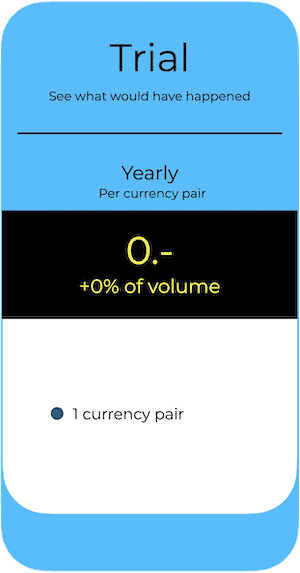In the case of CEE currencies, stock market performance is almost as important as economic development in these countries.
In terms of economic development, it is noteworthy that there has been a return to price stability and economic expansion in recent quarters.
However, Russia’s three-year war against Ukraine has also led to a significant increase in military spending by these former Warsaw Pact states. Russia is once again perceived as an immediate threat. I predict that Poland and the Czech Republic, in particular, will invest more in armaments in the long term. Both countries have a strong industrial base, allowing them to produce to a certain degree independently, in terms of both craftsmanship and technology, and ensuring that the economic benefits largely remain within their own borders. All CEE countries benefit from the global agreement between the EU and the US, as well as from a uniform customs tariff for all EU member states (including the EEA).
The 15% tariff imposed by the US could be partially offset by the fact that US importers bear the main burden of the tariffs. Thanks to recent sharp gains in productivity, their margins are helping to absorb this increase in costs without placing too much strain on their profit margins. In any case, European exporters are not currently bearing these costs. Furthermore, European companies are becoming more competitive in relation to their Chinese counterparts, who have to bear significantly higher tariffs. I suspect this is also why the EU and Japan gave in so easily. In practice, this does not affect the sales of European companies, so it is understandable that the smaller CEE currencies did not react at all to the ‘burden’ of 15% tariffs.
The Lira is Slowly Gaining Momentum
Exactly five years ago, when I warned of a massive decline in the lira, I emphasised that, given the rising inflation rate of 9.5% in Turkey at the time (and the expectation that inflation would continue to rise after the onset of the pandemic), an interest rate of 7% was unreasonably low. The president’s erratic economic policy was proving to be a burden and I predicted that the lira would fall sharply amid rising interest rates. I recommended purchasing 3-year interest rate swaps. This would allow companies to hedge for the next three years at an interest cost of 9%. This measure was generally dismissed as speculation, but those who rejected it were the real speculators: anyone who rejects hedging when there are clear signs of a structural crisis is a gambler. Companies lost a lot of money because of this lack of insight.
The Situation Today is Almost the Opposite of What it Was in 2020
Inflation has now fallen to just over 33%, while interest rates remain at 43%. Such high real interest rates usually attract investment capital, particularly if Turkey benefits from Europe’s rearmament and gains in importance as a regional power. I am optimistic about investing in Turkey, and therefore also about the Turkish lira (TRY).
Is Russia Possibly Nearing the End of the War Against Ukraine?
If the US identifies an opportunity to restrict or halt Russian oil supplies to India and China, it will likely seize it. I am sceptical about China, but blackmail could work with India. Now that the minimum war objectives have been achieved, Russia would probably be better off ending the war on its own terms than risking greater pressure. While I consider this scenario unlikely at this point, it is increasingly taking shape as a possibility. The result would be a stronger euro and presumably stronger CEE currencies, as well as a rally in European stocks, partly because energy prices would come under pressure.





